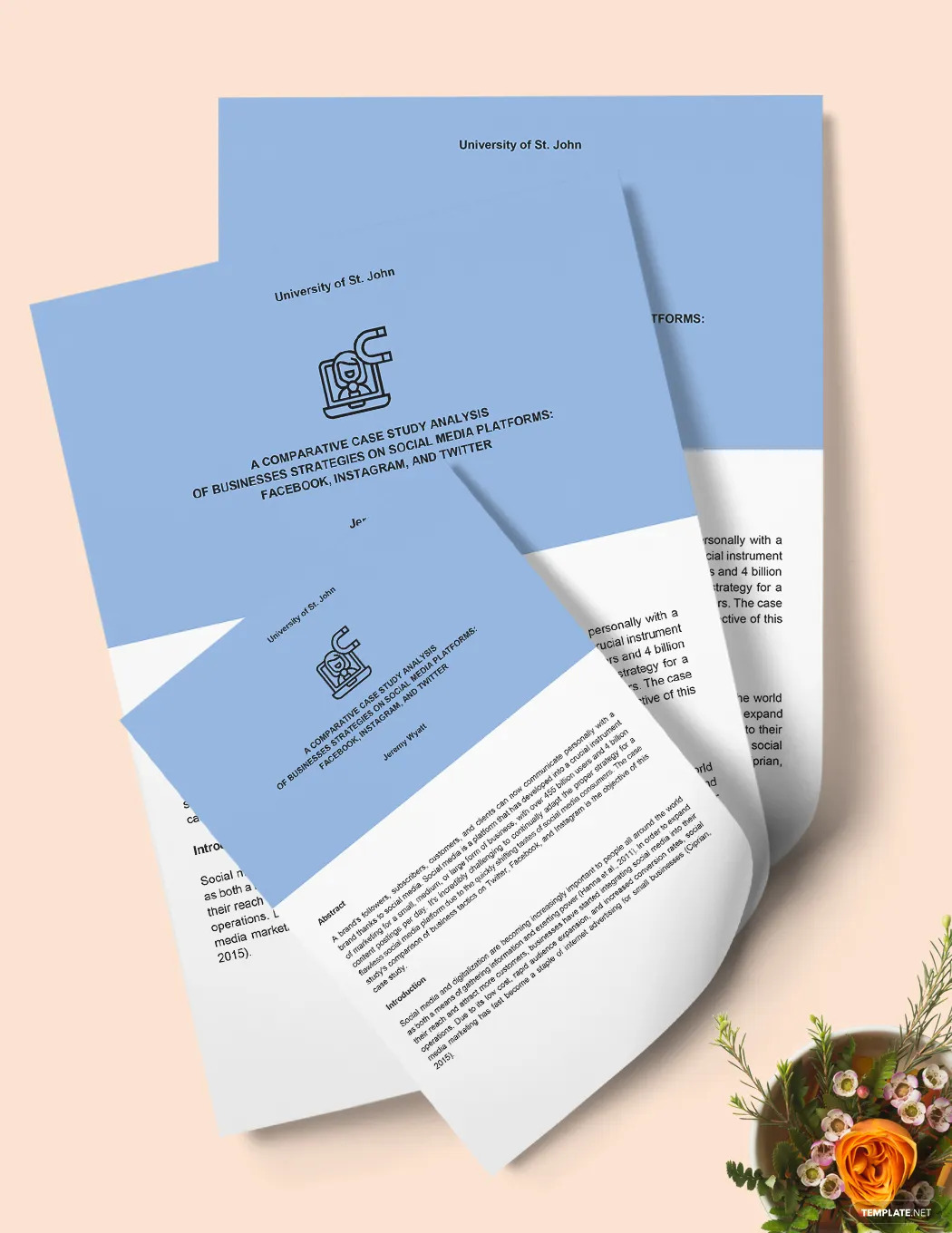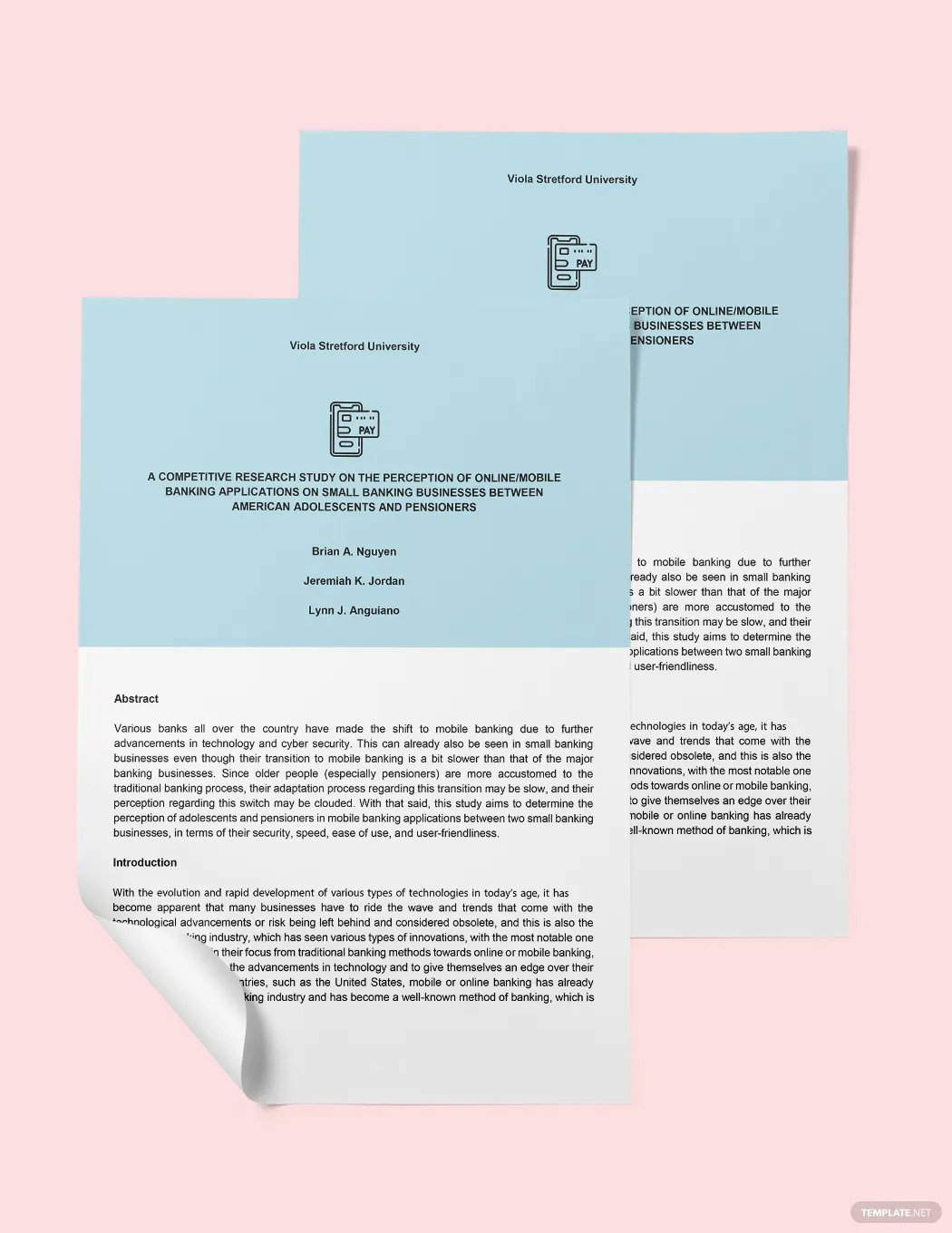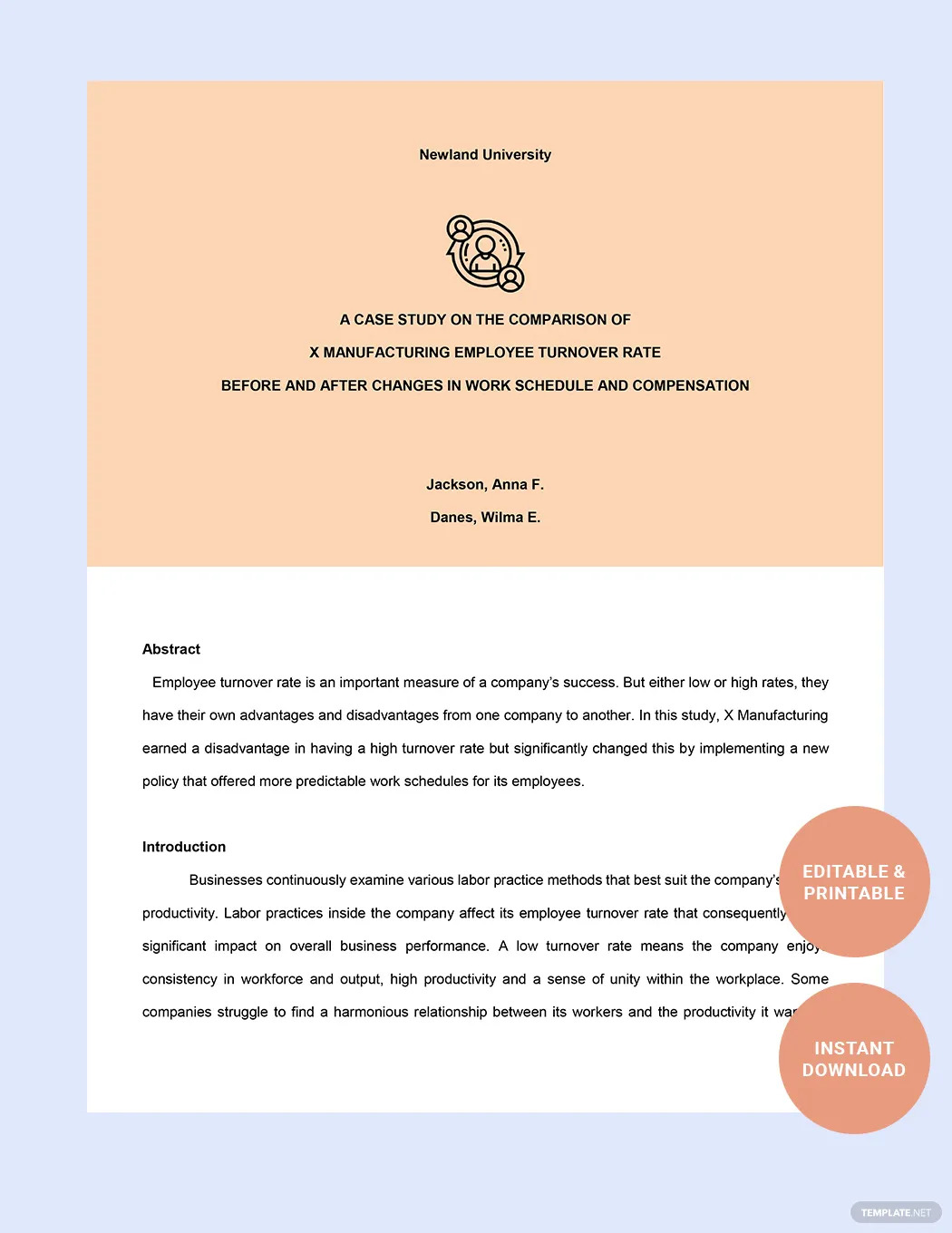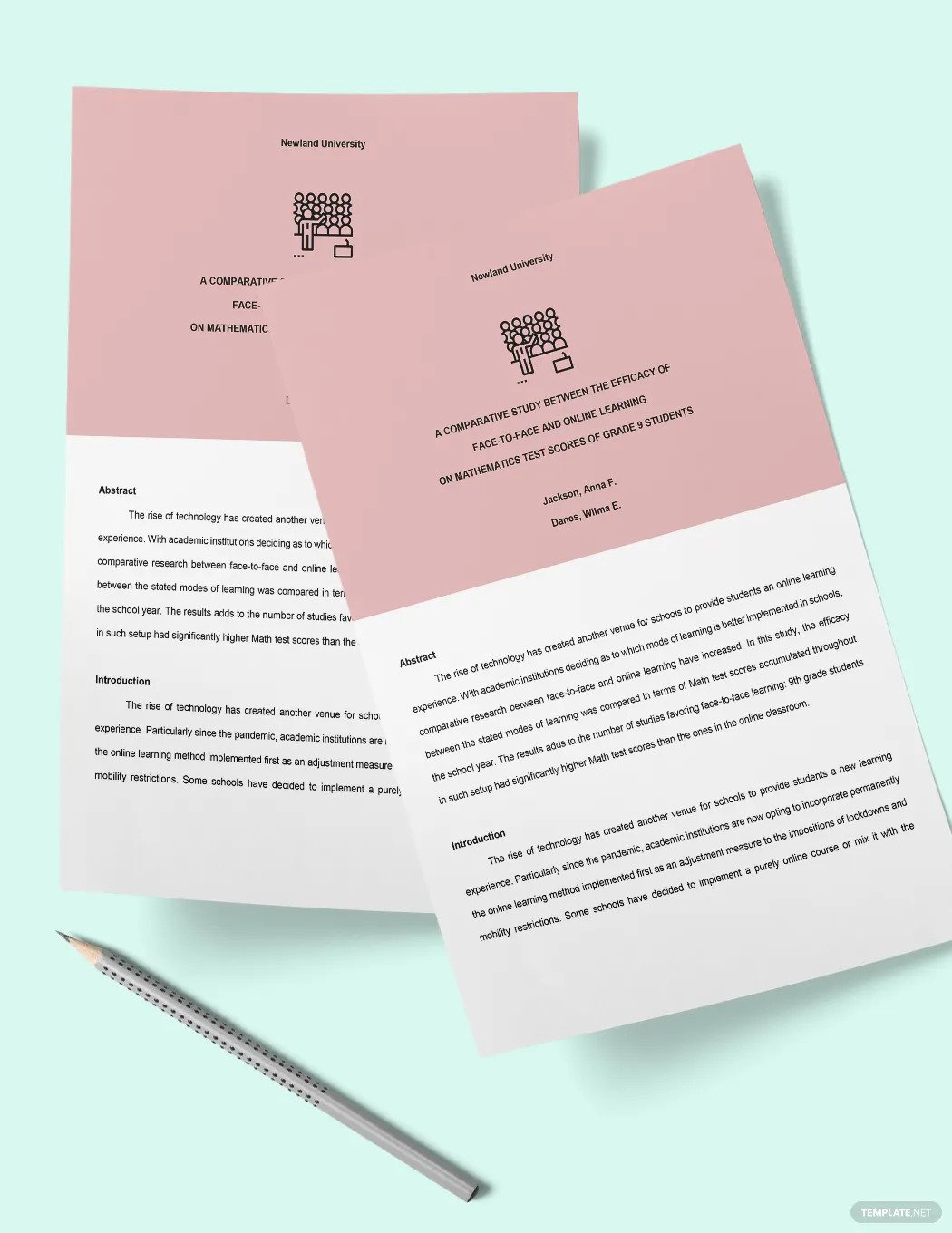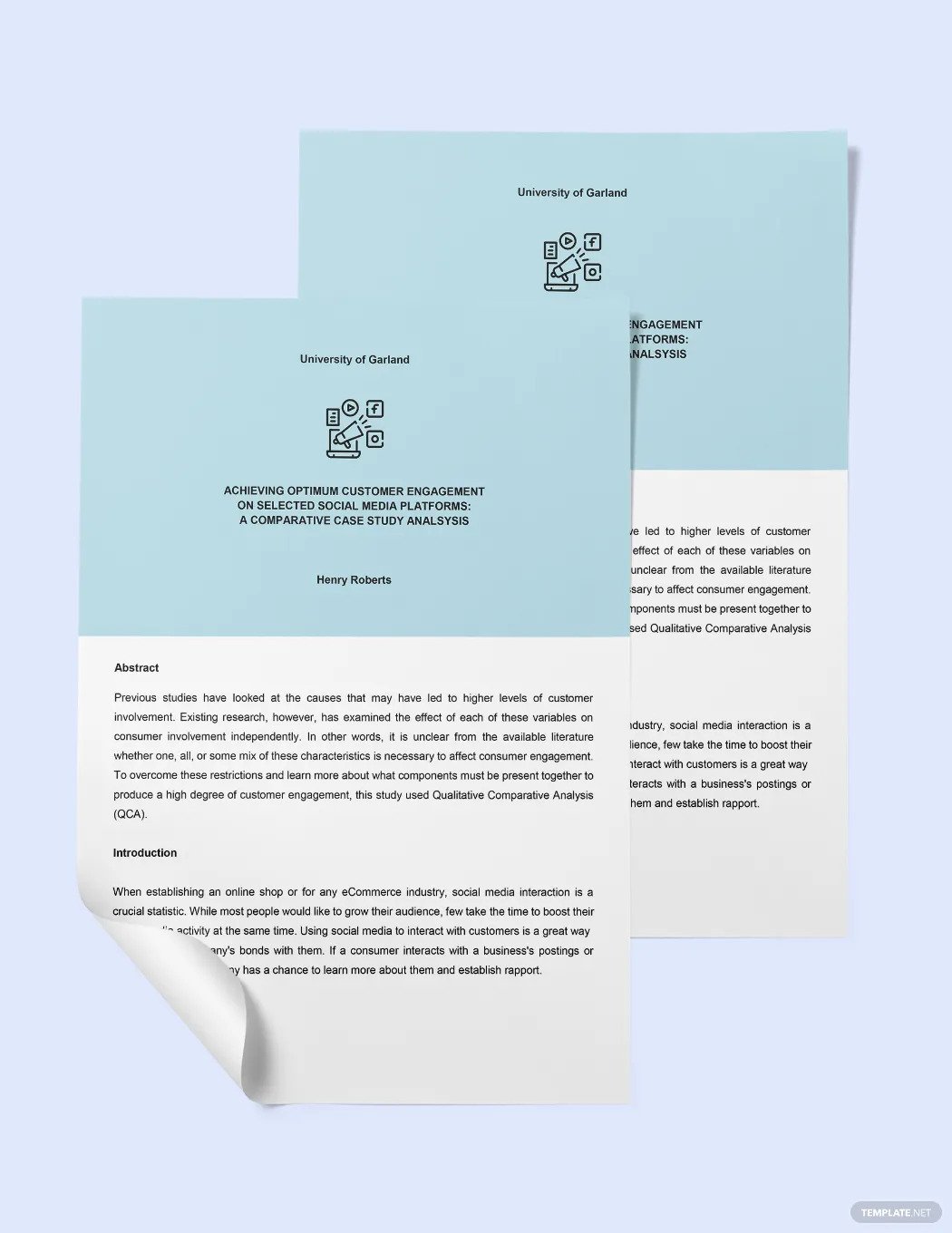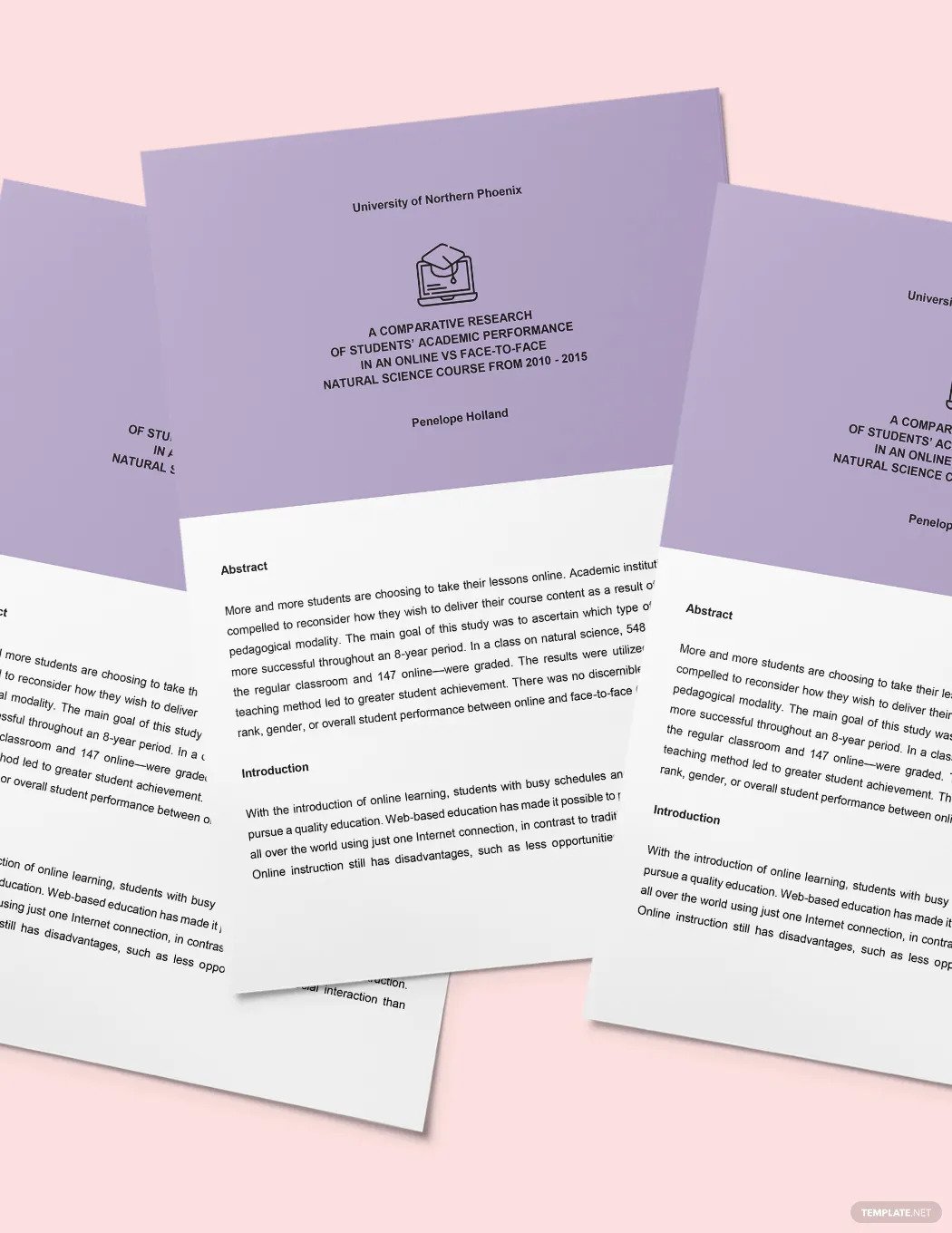
Comparative research, in research methodology, takes comparisons to the next level by allowing you to compare and analyze two or more subjects as well as a multitude of disciplines. Thanks to the development of the comparative method in the 19th century, research innovated to apply educational comparisons in drawing facts and conclusions in the form of comparative research.
[bb_toc content=”][/bb_toc]
Comparative Research Definition & Meaning
Comparative research compares or analyzes two or more nationalities, social groups, and other social or demographic subjects in an experimental or nonexperimental study.
Comparative research is generally used to obtain the similarities and differences between variables, meaning it can be a study that inputs a number of disciplines.
What Is Comparative Research?
Comparative research refers to the process of comparing two and other variables while the results are written in a comparative research document. This type of study got its roots in the comparative method which was developed by scholars Rasmus Rask, Karl Verner, and Jacob Grimm in the 19th century. And ever since, comparative research has been a casual practice in human, social, and natural science studies to test any theory or hypothesis.
10 Types of Comparative Research
Comparative Research Report
The entire comparative research process is basically documented and the final written version of it is made in a report format or design. A comparative research report ensues as a prospective reference document when you need to present the results of comparative research in formal reading material. Opt to make this example when you are done with the research experiment and are already focusing on tying loose ends.
Comparative Research Strategy
The main objective of comparative research is to observe every object/subject meticulously and study their relation to one another. However, there needs to be a fleshed-out strategic plan on how the entire research plays out. There enters the comparative research strategy which serves as your comparison game plan from start to finish.
Comparative Research Outline
Every type of research deserves an outline as the official conceptual framework of the who, what, where, when, why, and how of a study. Create a comparative research outline as a preparation plan to make your comparative research as seamless as possible in the future. As the research’s characteristics, criteria, and other elements are outlined, you’d find it easy to manage the comparative method.
Small Business Comparative Research
Comparing a variety of aspects from one small business to another is certainly possible using the small business comparative research template. Indeed, it takes time for small businesses before they can grow but you can always study and manage things one at a time to further develop. From a price comparison, and business size, down to clientele engagement, take comparative methods for the future of your small business.
Comparative Research Study
A comparative research study is one of the best contributions to literature among students and professionals. In fact, the best discoveries usually start as a case study until their development breaks limits. A general comparative research study template would help you navigate how comparative methods are properly conducted.
Business Comparative Research
You deserve a standard guide for comparative research whether it is in print, PDF, or any file format through a business comparative research template. Any business-orientated comparison can monopolize this comparative research design. Also, there is so much you can cover to compare in a business such as historical background, budget, and client information.
Comparative Research Essay
Every essay related to comparative research is worthy of an hour-long discussion. Be sure to craft your own comparative research essay and spread your knowledge to any interested audience. Make sure the document itself is well-researched and backed with actual experimentation or evidence to support your data.
Comparative Case Study Research
A case study could surely use some comparative methods and that is just the thing you can achieve with the comparative case study research template. Whether your research is descriptive, correlational, or analytical research, simply use the comparative case study research for reference. You might want to use that to make matrix research such as incorporating other types of research into your work.
Comparative Market Research
If market research data are your concern and you need to compare different markets, set the layout of your study in a comparative market research template. You might need a new marketing campaign strategy after comparing the varying needs or preferences of your consumers. Thus, use comparative market research to outline your solutions in response to consumer needs.
Comparative Research Analysis
Comparative research is never complete without actual analysis. In accomplishing comparative research analysis, be sure you use a chart, table, or any visual model to summarize the results of your research in an easy-to-read version. Then, interpret the data and make educated conclusions to finalize the comparative research analysis.
Comparative Research Uses, Purpose, Importance
The need to compare two or more variables isn’t for naught because, like any type of research paper, there is always an underlying reason/s to pursue investigating them. You might be surprised at the best contributions brought by comparative research from the past, the present, and the future.
Statistical Contributions
Comparative research has helped statistics for many years, particularly among social or demographic studies. An example is when you compare the difference in salary between women and men where you learn if earnings of both sexes are affected through hierarchy, professional, location, or any other facet. A causal-comparative study would help you understand the underlying factors causing the similarities or differences.
Awareness of Both Advantages and Disadvantages
When you research comparative research online or in any textbook, chances are you’d hear a lot about the advantages of comparative research. But you should know that comparative research maintains balance in learning both the advantages and disadvantages of each variable to study. Drawing every advantage or negative aspect of a variable would help you analyze and reach conclusions to new heights.
Formation of Strategies in Response to Comparative Results
Learning about each positive and negative factor of a variable is not enough. The special factor of comparative research is how you can form strategies as a way to respond to the results of your comparisons. It is through comparative research analysis that this specific feature plays out incessantly; thus, you’d further understand your research as more than just a question, theory, or problem.
Versatile Type of Research
A comparative research design is so flexible that you have plenty of approaches as to how you look at subjects for comparisons. For example, comparative research can be in a form of experimental or nonexperimental research as well as quantitative or qualitative research. Whether you have more or fewer variables to compare, there is also an extensive range as to what topics you cover may it be humans, animals, businesses, products, or services; just make sure your study is still feasible to achieve.
Makes Research Relevant for Generations
Comparative research is relevant for any time period because even previous comparative research will be compared to recent comparative studies. Any generation can benefit from the research such as learning the difference between statistics from a historical timeline to the present and the future. In this case, quasi-experiments can be further developed as hybrid or matrix comparative research.
What’s in Comparative Research? Parts?
Title Page
Like any book, the title page marks the very first page of your comparative research. It has to mention the title of your comparative research, the names of researchers or authors, and other essential publication details.
Abstract
The abstract introduces what your completed comparative research is without giving the nitty-gritty. It has to be brief, understandable, and just enough to be the self introduction of the whole research.
Methods
The methods section answers what instruments you used or how you gathered data for your comparative research. Popular research methods include surveys, interviews, observations, archival studies, focus groups, and other experiments.
Figures and Tables
A visual aspect of comparative research would be the figures and tables section. Upon comparing, present your data graphically such as infographics, tabular graphs, or organizational charts.
Results
Data results are where the full interpretation of data would be answered. Take this opportunity to state your conclusion regarding your research and findings.
Discussion
State a detailed summary of the whole comparative research in the discussion segment. This part serves as a report of your whole research.
Reference
Never forget to give credit where credit is due. In the reference section, state the book titles, links, and other sources of information that helped you complete your comparative research.
Appendix
An optional addendum to comparative research documents is the appendix. This section contains additional details or clarifications to any complex data in your research.
How to Design Comparative Research
1. Look for the best Comparative Research Size to utilize
2. Express your goals and purpose for the research
3. Choose a free Comparative Research Template to personalize
4. Insert the necessary sections of your comparative research document
5. Save your document and publish it
Comparative Research vs. Correlational Research
Comparative research measures differences between two or more categories and one independent variable.
Correlational research also measures differences but rather between two or more variables and one category.
What’s the Difference between Comparative Research, Experimental Research, & Research?
Comparative research is a type of study that analyzes similarities and examines the contrasting features among ideas or subjects.
Experimental research is a scientific study that uses a systematized approach in investing two or more variables, and this is often used for quantitative research.
Research, in general, is a well-thought-out method of investigation or study to solve problems, test a hypothesis, or gather conclusions.
Comparative Research Sizes
Like most research papers and formal documents, the comparative research’s dimension follows the standard paper sizes. The top three comparative research sizes are either in the letter, legal, or A4-size format.
| Format | Inches |
| Letter-Size Comparative Research | 8.5″ × 11″ |
| Legal-Size Comparative Research | 8.5″ × 14″ |
| A4-Size Comparative Research | 8.3″ × 11.7″ |
Comparative Research Ideas & Examples
You can compare as many variables as possible in comparative research ideas, meaning there is also a range of possibilities on what your document’s layout, format, and content would be. Nonetheless, anyone who is new to this type of research or already a pro won’t find it a hassle to take inspiration from comparative research examples.
- Comparative Research Proposal Ideas and Examples
- Comparative Research Analysis Ideas and Examples
- Comparative Market Research Ideas and Examples
- Comparative Case Study Research Ideas and Examples
- Comparative Research Essay Ideas and Examples
- Business Comparative Research Ideas and Examples
- Comparative Research Study Ideas and Examples
- Small Business Comparative Research Ideas and Examples
- Comparative Research Outline Ideas and Examples
- Comparative Research Strategy Ideas and Examples
FAQs
What is the purpose of comparative research?
It aims to discuss what is similar and dissimilar about two or more subject matters and analyze the results to reach proper conclusions.
Is comparative research qualitative or quantitative?
It is a common debate on which option is better but the truth is comparative research can be both quantitative and qualitative.
What is a decent example of comparative research?
There are endless possibilities and one fun example you want to know is the difference between social media visits spent by millennials versus gen Zs.
What are the four types of comparative research?
These are universalizing, individualizing, encompassing, and variation-finding.
Can I have two or more dependable variables in comparative research?
Yes, you can; but usually, one dependent variable is enough.
What are the two main approaches to comparative research?
These are the alternating or point-by-point method and the block or subject-by-subject method.
What kind of research is a comparative study?
It is referred to as a causal-comparative research design.
What are the four types of research design?
These are descriptive, experimental, correlational, and quasi-experimental/causal-comparative research.
What are the three types of comparisons?
In the world of grammar, the three categories of comparisons are equal, comparative, and superlative.
What are the best statistical tools for comparative studies?
There is basically a plethora of statistical tools relevant to comparative studies and some of the best examples you can use include the variance analysis, t-test, and general linear model.



